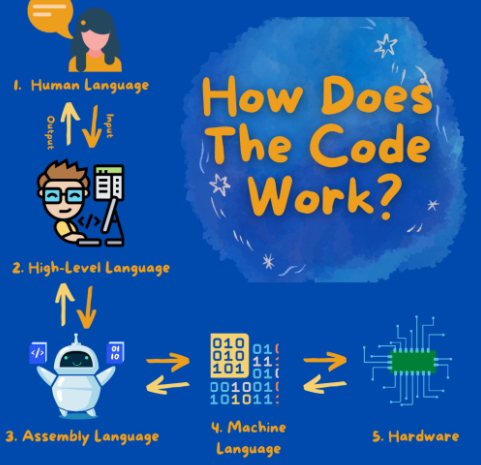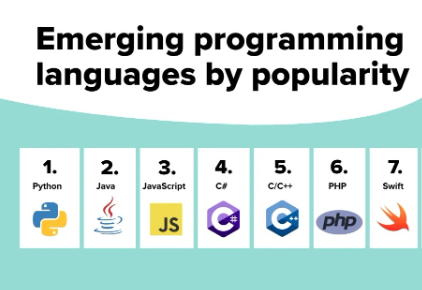
How Programming Languages Work | Code to Machine Explained Simply
Introduction
Have you ever wondered how your computer understands the code you write? When you type a few lines of code in Python, Java, or C++, how does your machine know what to do?
This blog will explain the behind-the-scenes process that turns human-readable code into machine-executable instructions. We’ll break it down simply—whether you’re a beginner or just curious.
Related Read: What is a Programming Language?
1. What is Source Code?
Source code is the code you write in a programming language like Python, JavaScript, or C++. It’s meant to be readable by humans.
Example (Python):
print(“Hello, World!”)
But computers don’t understand this text directly. They speak only binary—1s and 0s. So your source code needs to be translated.
2. The Role of Compilers and Interpreters
Programming languages use either a compiler or an interpreter (or sometimes both) to translate source code into machine code.
Compiler
A compiler translates the entire source code into machine code before execution.
- Example languages: C++, Java (with bytecode)
- Pros: Faster execution
- Cons: Must recompile after code changes
Learn more about Programming Software
Interpreter
An interpreter translates and runs code line-by-line.
- Example languages: Python, JavaScript
- Pros: Easier to test/debug
- Cons: Slower execution speed
3. Machine Code – The Computer’s Language
Once compiled or interpreted, your code is transformed into machine code—binary instructions the computer understands directly.
Example (simplified):
10110000 01100001
Every CPU architecture (Intel, ARM, etc.) has its own instruction set. That’s why compiled code often works only on specific systems unless recompiled.
4. The Full Process: Step-by-Step
Here’s what usually happens:
- Write code in a language (e.g., C++, Python)
- Compiler/interpreter translates it
- Machine code is generated
- Processor executes instructions
- Output is shown (e.g., text, graphics, file, etc.)
Real-World Example
Writing Python:
x = 5 + 2
print(x)
Python interpreter reads it line by line
Output: 7
5. Bonus: Hybrid Approaches
Some modern languages use a combination of both compiling and interpreting.
- Java compiles to bytecode (via JVM)
- JavaScript is now often optimized by JIT compilers in browsers
- Python uses an interpreter but also compiles .py files into .pyc bytecode
Conclusion
Programming languages work by turning human-friendly source code into machine-readable instructions using compilers and interpreters. Understanding this process gives you a solid foundation to learn any language and build real-world applications.
Want to go deeper?
Types of Programming Software: Editors, Compilers & IDEs


